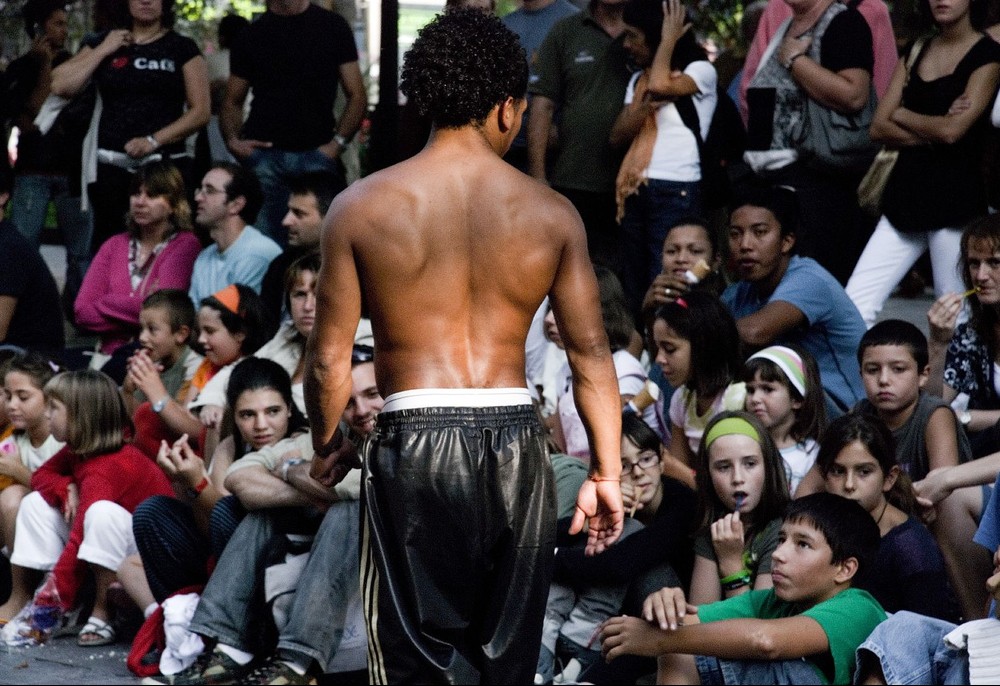
Upper back muscles
The back muscles are just as important as the front if not more. Many people spend a long time training their front because they can see it and neglect the back. But the upper back muscles in particular are responsible for our posture and are therefore extremely important. The main muscle in our upper back is called the trapezius and is the triangular shape you see coming away from your neck towards the shoulder. Secondly, they are very important in supporting shoulder movement and are often called fixator or synergist muscles. Upright rows and dumbbell shrugs are great exercises to improve this muscle.
- Important notification about information and brand names used in this slideshow!
- Photo courtesy of Mike Slichenmyer by Flickr : www.flickr.com/photos/notunlike/1433004649/
- www.innerbody.com/anatomy/muscular/upper-torso
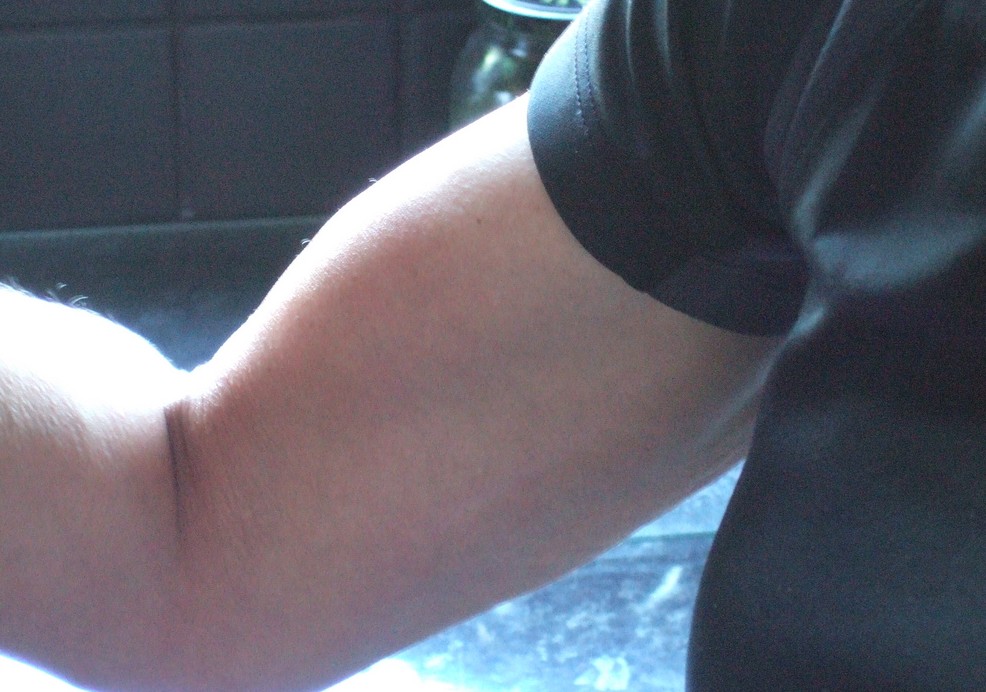
Biceps
The biceps are probably the most well know muscle name even in people who do not exercise. This muscle is found on the front of the upper arm and is often the source of a persons apparent level of strength by determining the size of your "guns". The bicep itself attaches at the shoulder (clavicle) and the lower arm (radius/ulna) and when the muscle is activated it pulls the forearm towards the upper arm resulting in a bending movement called flexion. Completing exercises such as bicep curls with dumbbells or barbells will help to strengthen this muscle, its not just body builders who need strength in this area but we use the bicep for simple things such as carrying shopping.
- Important notification about information and brand names used in this slideshow!
- Photo courtesy of janebelindasmith by Flickr : www.flickr.com/photos/near_fantastica/3582697554/
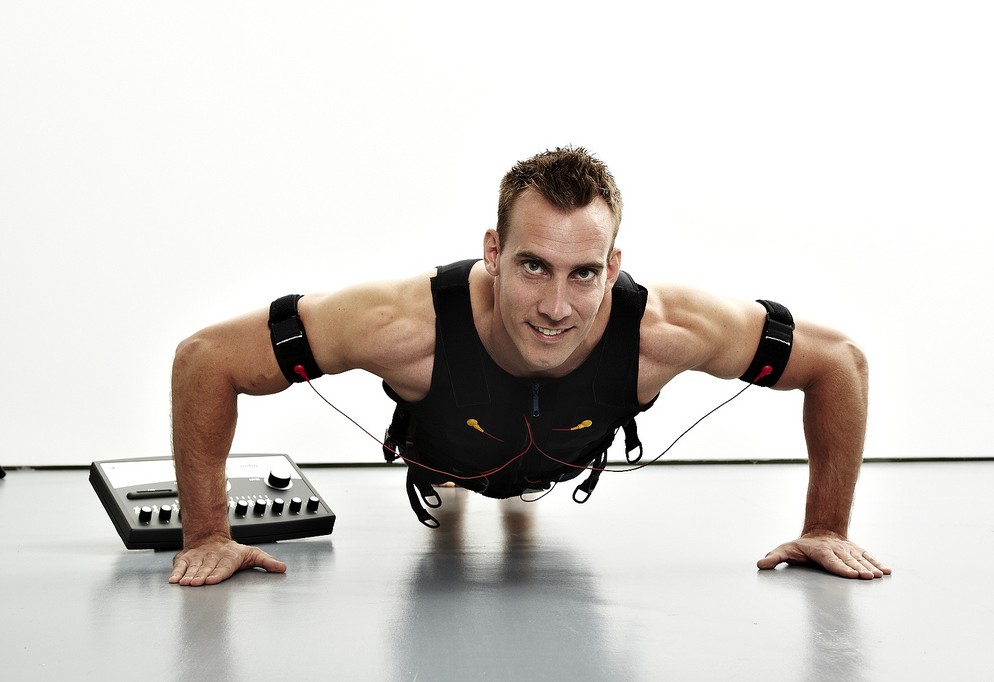
Shoulder and arm muscles
The arms and shoulders house many major muscles that we use for movements of the upper body. Across the lower arm are the forearm muscles that allow us the grip and lift objects called wrist flexors and extenders. The most well known muscles are in the upper arm, on the front of the upper arm is the bicep which allows our arm to bend. And on the rear of the upper arm are the triceps which straightens the arm. Across the shoulder are the deltoids, front middle and rear, which each work individually to cause movement towards the front, out to the side and to the rear of the body of the arm.
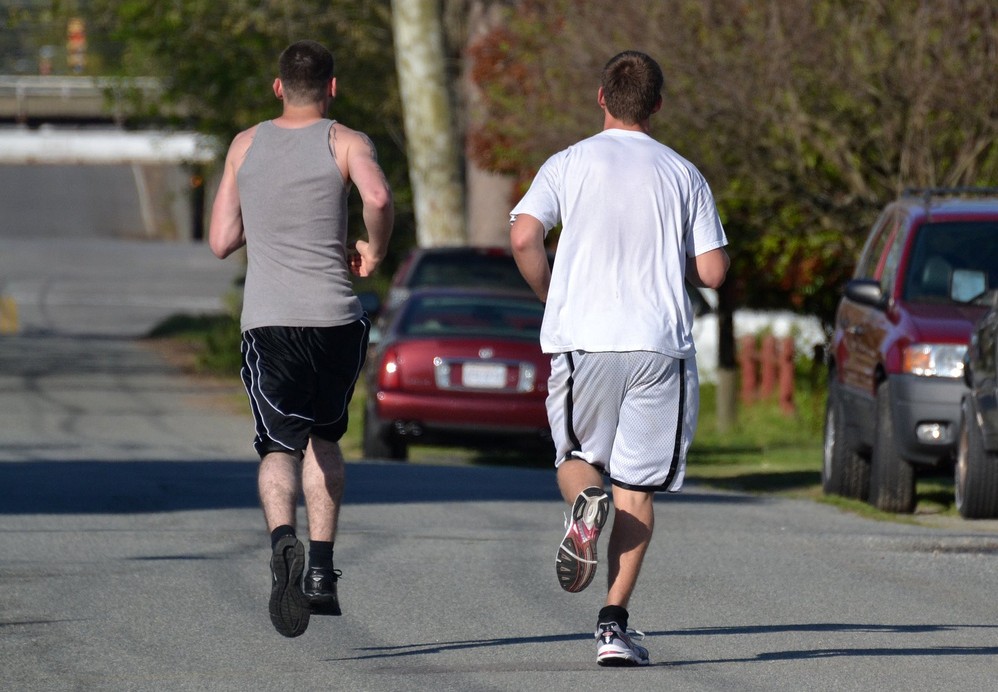
Lower back muscles
The lower back muscles are essential for keeping our upper body in a neutral and upright position, people with poor lower back tone tend to have a lot of pain from the upper back muscles as they are taking the extra strain. The large back muscle found on each side of the spine and spanning across the back to the hips and up to the shoulders are called the latissimus dorsi. The second major back muscle is called the erector spinae which runs along the vertebrae on either side to support the spine and keep the back straight.
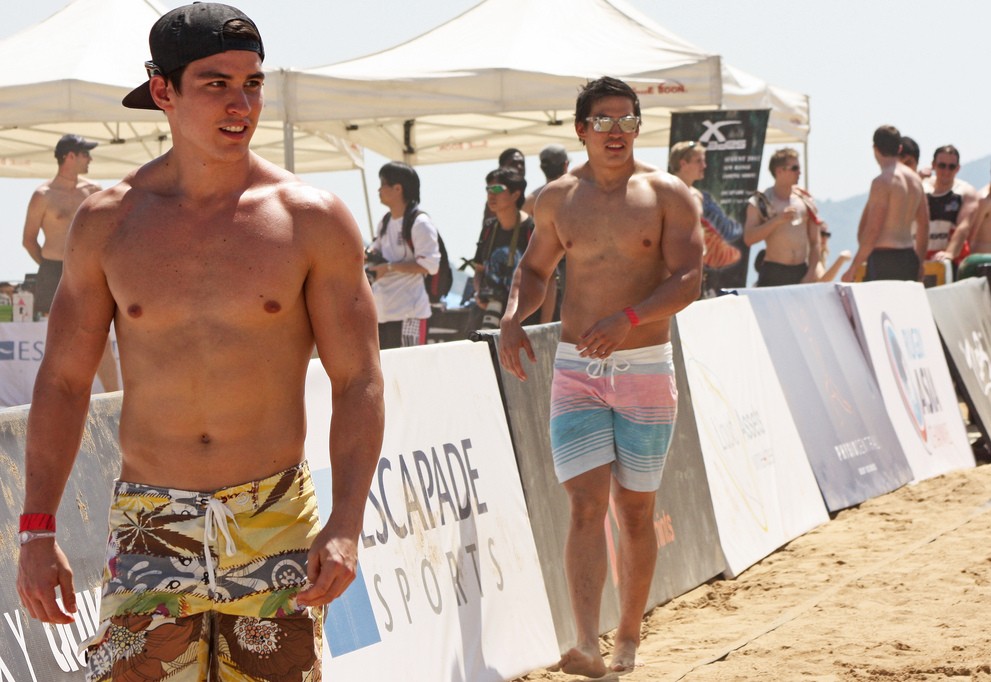
Abs
The "six pack" is the one thing that everyone wants! But the abdominal muscles are more than just for looking at. They are responsible for supporting the whole of the upper body and allowing us to stand up straight or sit straight. Poor abdominal tone leads to back aches as the weight of the upper body is not being supported. We use the core muscles in nearly all movements which are standing up. In the abdominals the main blocks are the rectus abdominus, the oblique's are the upper part of the abdomen to the side and the transverse abdominals lay underneath the oblique's. Its important when exercising to try and trigger all areas of the abdomen.
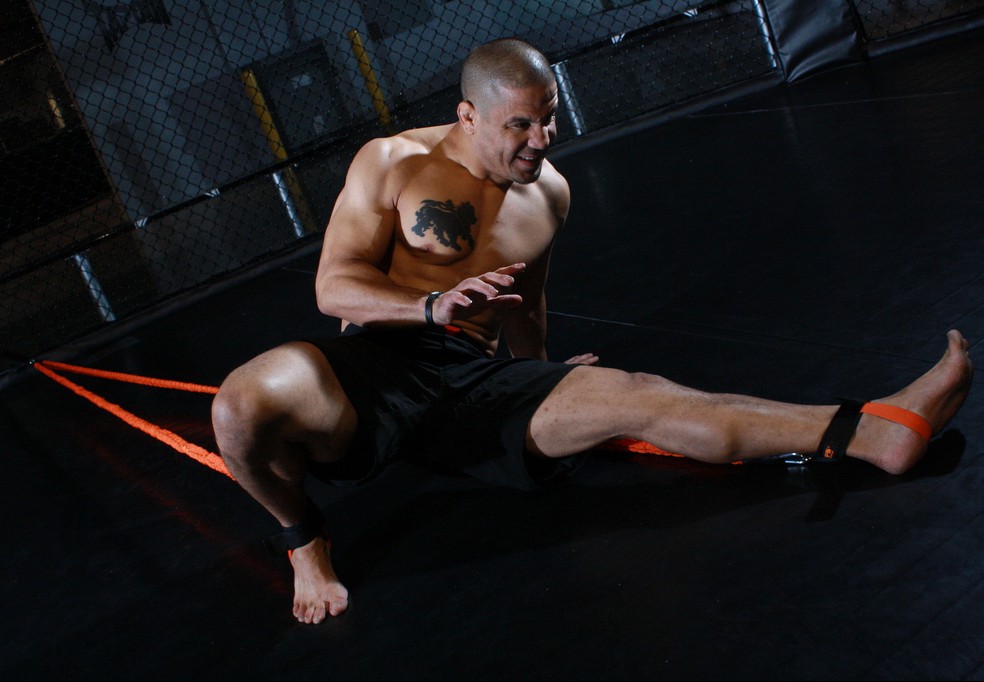
Leg muscles (front)
On the front of the leg are the muscles responsible for straightening the leg and moving the foot in an up and down movement. On the upper leg are the quadriceps, which are made up of 4 different muscles. The vastus lateralis, vastus medialis, vastus intermedialis and the most predominant the rectus femoris. The rec fem is the main muscle which runs down the middle of the quads. On the lower leg at the front is the muscle called anterior tibialis which literally means on the front of the tibia (shin bone). This muscle is responsible for ankle movement.
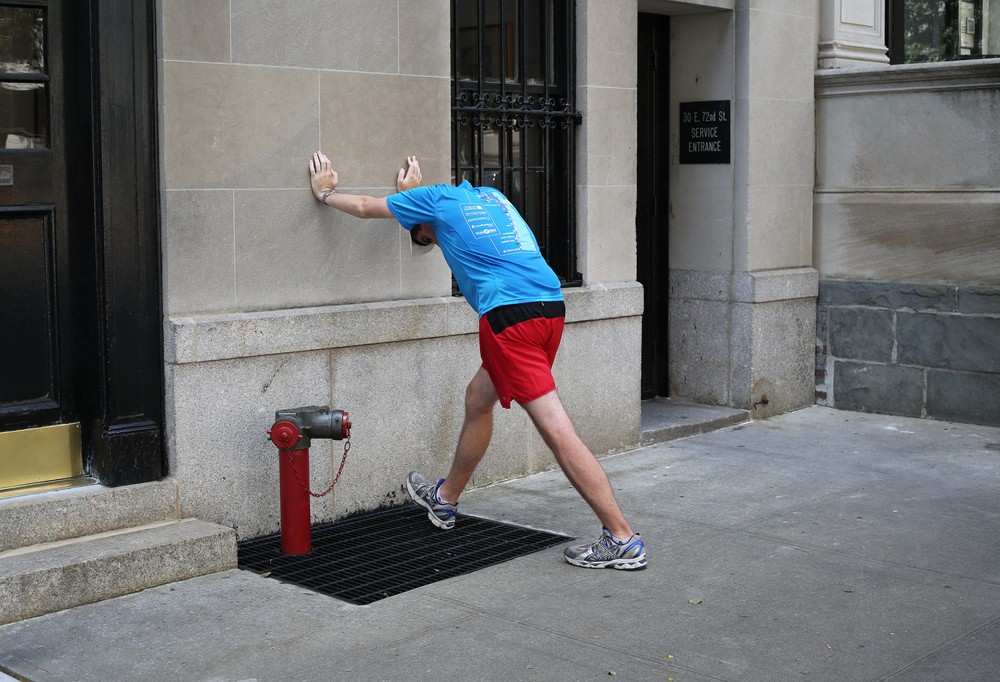
Leg muscles (rear)
The rear leg muscles are responsible for the opposite movements to the front leg muscles, bending of the leg at the knee and movement of the ankle. On the upper part of the leg at the rear are the hamstring muscles. There are 3 individual muscles in this group called semitendinosus, semimembranosus and biceps femoris which all have slightly individual roles to help in hip movement. On the lower part of the leg at the rear is the commonly known calf muscle which is called the gastrocnemious. This is used to help in ankle movement in various different directions.
- Important notification about information and brand names used in this slideshow!
- Photo courtesy of Timothy Krause by Flickr : www.flickr.com/photos/timothykrause/7559234072/
- www.exrx.net/Muscles/Hamstrings.html
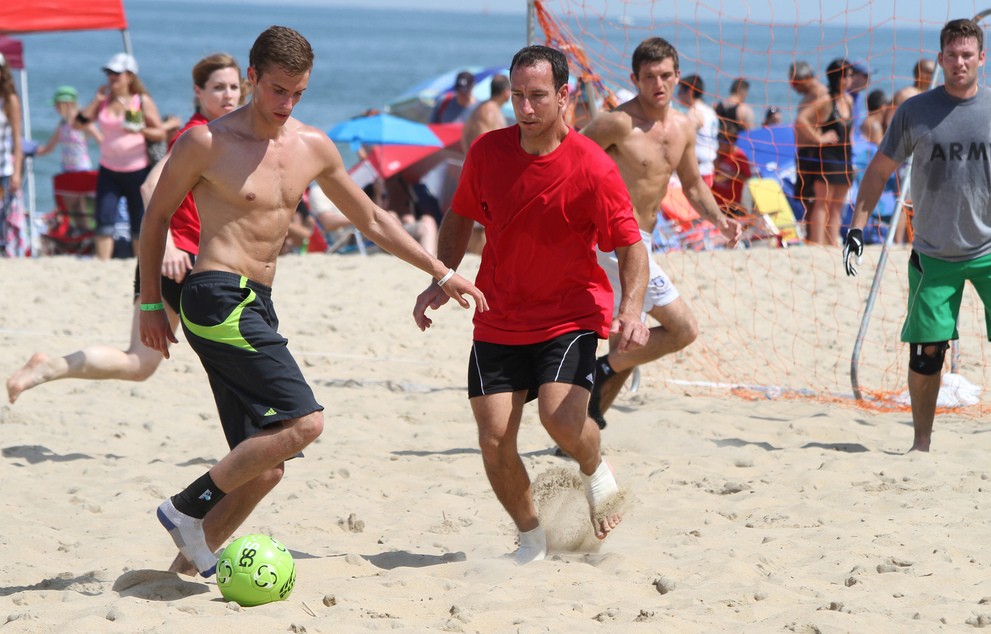
Foot muscles
The foot is made up of very small muscles that attach on the fibula and tibia bones in the lower leg and then attach to different toes or parts of the foot to allow different movements. The largest of those muscles are the superior extensor retinaculum which runs across the front of the ankle. The extensor digitorum brevis muscle is also a key foot muscle that helps to invert and evert the ankle. Most of the foot muscles are tendons which are the ends of intricate muscles in the lower leg, and they are easily damaged when you "twist" the ankle and take a long time to heal.
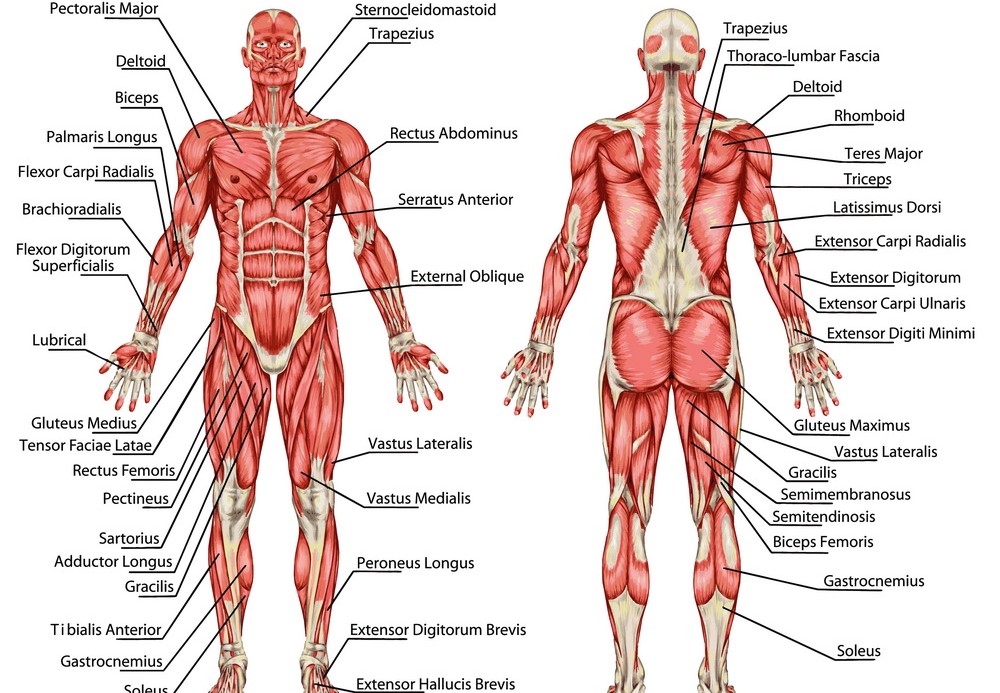
Male muscular system - general
In general the male muscular system is no different to a females. Males are more often than not stronger than women but this is not just down to their muscle size as a woman with the same amount of muscle tissue as a male will be exactly the same strength. Males have the upper hand because of a hormone called testosterone which actually builds and generates strong and much more muscle tissue than females. When males train they produce testosterone to help build bigger muscles fast, and when they hit puberty there is a huge influx of the hormone to give males more muscle tissue.
- Important notification about information and brand names used in this slideshow!
- Photo by shutterstock.com

Role of muscles in human body
It is often said that the body works like a puppet with the bones being the wooden frame and the muscles are the strings, and that is 100% true. Our muscles all around our body attach to each other via tendons and attach to our bones via ligaments. Only when these muscles contract and pull on a part of our skeleton does the body actually move, and they attach to many different areas of the same bone to produce different movements. There are hundreds of muscles across the entire human body but each one is designed specifically for its individual role.
- Important notification about information and brand names used in this slideshow!
- Photo courtesy of David Shankbone by Flickr : www.flickr.com/photos/shankbone/10008801284/
- www.innerbody.com/image/musfov.html



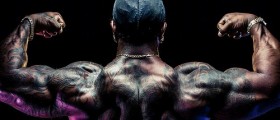

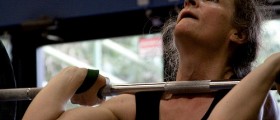
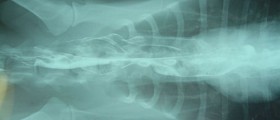
_f_280x120.jpg)
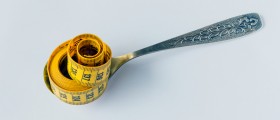
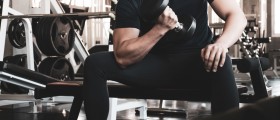
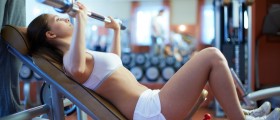
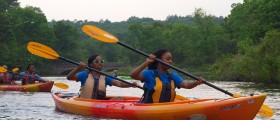
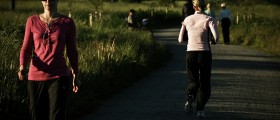


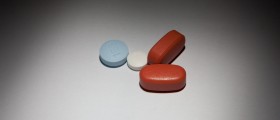

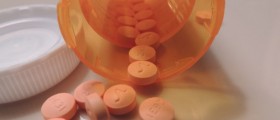
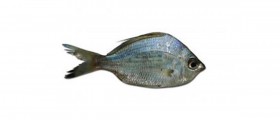
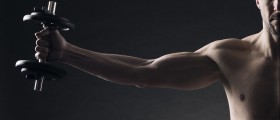
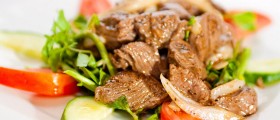
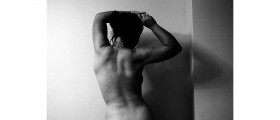

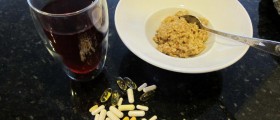


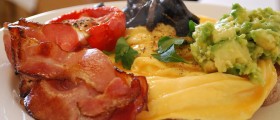
Your thoughts on this
Loading...